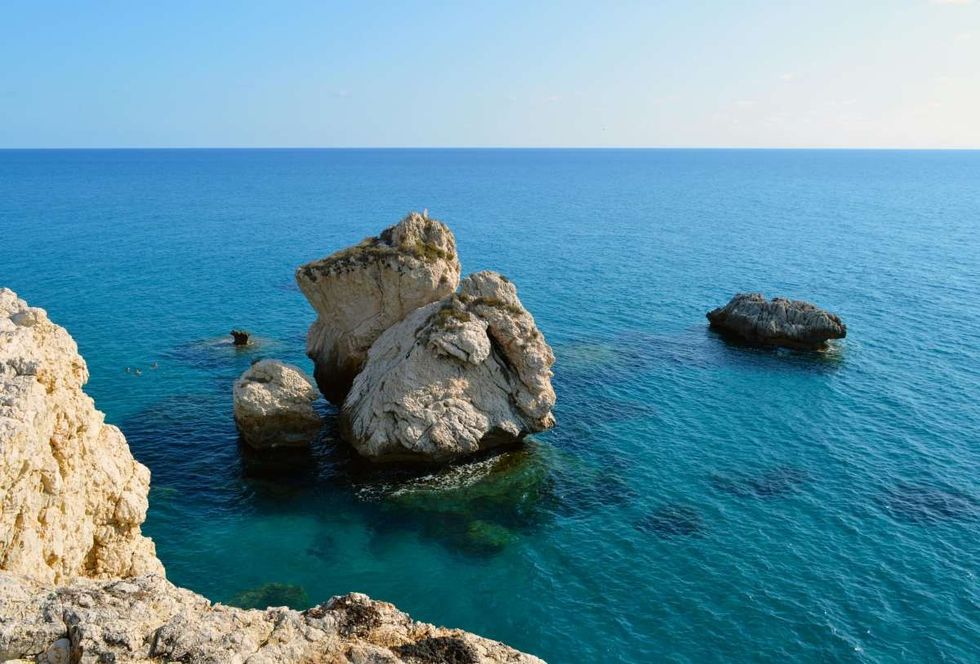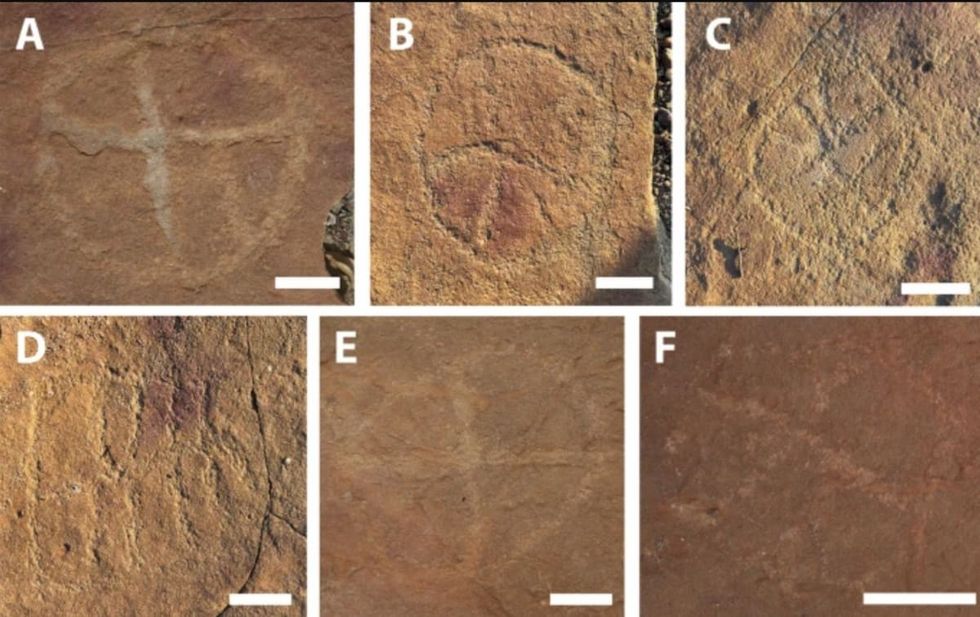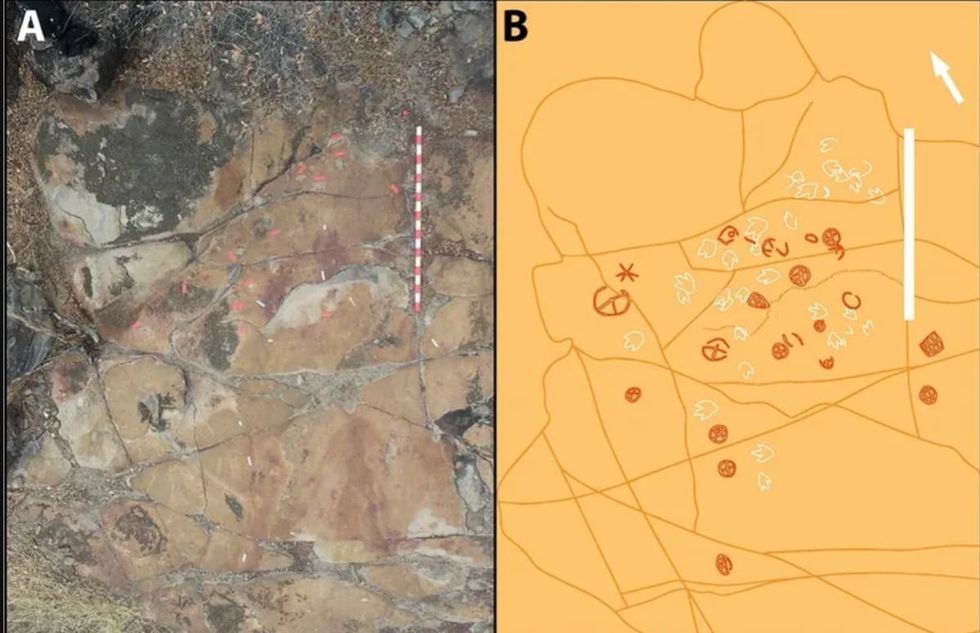In the fall of 2023, a team of archaeologists embarked on an expedition to explore the submerged port city of Thonis-Heracleion, located about four miles off Egypt’s coast in the Bay of Aboukir in the Mediterranean Sea, per Artnet. Battling heavy sea swells, they dove into the southern canal and uncovered a wealth of ancient artifacts buried under more than a meter of sediment, including a lost temple dedicated to Aphrodite, the ancient Greek goddess of love.

Thonis-Heracleion, often called the "Venice of the Nile," was the largest port in the Mediterranean around 2,300 years ago, according to IFL Science. The city's temple once served as a place where pharaohs received their titles as universal kings from Egyptian gods, per the Greek Reporter. But rising sea levels, earthquakes, and tsunamis eventually caused the city’s collapse. Approximately 110 square kilometers (42 square miles) of the Nile Delta, including Heracleion, disappeared beneath the sea. Discovered in 2000 by the European Institute for Underwater Archaeology (IEASM), the site continues to be a focus of active archaeological exploration.
This particular exploration was led by French marine archaeologist and IEASM president Franck Goddio. IEASM collaborated with the Department of Underwater Archaeology of the Ministry of Tourism and Antiquities of Egypt to carry out the mission. The trove they unveiled beneath the rubble included priceless ancient treasuries such as silver ritual instruments, gold jewelry, alabaster jars that would have held perfumes for the ancient Egyptians, and most surprisingly, all inside the temple of goddess Aphrodite and god Amun.
This temple was identified with the help of a cache of bronze and ceramic statues. “Bronze and ceramic objects imported from Greece, as well as remains of buildings supported with wooden beams, have also been documented from the 5th century BC,” reported Mostafa Waziri, secretary-general of the Supreme Council of Antiquities of Egypt, per Heritage Daily. The discovery of this temple is a significant accomplishment as it carries a hotpot of historical information. It also “illustrates that Greeks who were allowed to trade and settle in the city during the time of the Pharaohs of the Saïte dynasty (664 – 525 BC) had their sanctuaries to their own gods,” IEASM explained.
Apart from the precious treasures, the team also found several weapons thought to have belonged to the Greek mercenaries. “It is extremely moving to discover such delicate objects, which survived intact despite the violence and magnitude of the cataclysm,” Goddio said in a statement. The team used new geophysical prospecting technologies to locate these objects.

“The objects recovered from the excavations illustrate the cities’ beauty and glory, the magnificence of their grand temples, and the abundance of historic evidence: colossal statues, inscriptions and architectural elements, jewelry and coins, ritual objects and ceramics - a civilization frozen in time,” Goddio wrote on his website. The discovery of this ancient temple and all these treasures is just like discovering a time capsule from way beyond the past.
This article originally appeared 1 month ago.


















 Pictured: The newspaper ad announcing Taco Bell's purchase of the Liberty Bell.Photo credit: @lateralus1665
Pictured: The newspaper ad announcing Taco Bell's purchase of the Liberty Bell.Photo credit: @lateralus1665 One of the later announcements of the fake "Washing of the Lions" events.Photo credit: Wikimedia Commons
One of the later announcements of the fake "Washing of the Lions" events.Photo credit: Wikimedia Commons This prank went a little too far...Photo credit: Canva
This prank went a little too far...Photo credit: Canva The smoky prank that was confused for an actual volcanic eruption.Photo credit: Harold Wahlman
The smoky prank that was confused for an actual volcanic eruption.Photo credit: Harold Wahlman
 Packhorse librarians ready to start delivering books.
Packhorse librarians ready to start delivering books. Pack Horse Library Project - Wikipedia
Pack Horse Library Project - Wikipedia Packhorse librarian reading to a man.
Packhorse librarian reading to a man.
 Fichier:Uxbridge Center, 1839.png — Wikipédia
Fichier:Uxbridge Center, 1839.png — Wikipédia File:Women's Political Union of New Jersey.jpg - Wikimedia Commons
File:Women's Political Union of New Jersey.jpg - Wikimedia Commons File:Liliuokalani, photograph by Prince, of Washington (cropped ...
File:Liliuokalani, photograph by Prince, of Washington (cropped ...
 Theresa Malkiel
commons.wikimedia.org
Theresa Malkiel
commons.wikimedia.org
 Six Shirtwaist Strike women in 1909
Six Shirtwaist Strike women in 1909
 U.S. First Lady Jackie Kennedy arriving in Palm Beach | Flickr
U.S. First Lady Jackie Kennedy arriving in Palm Beach | Flickr
 Image Source:
Image Source:  Image Source:
Image Source:  Image Source:
Image Source: 